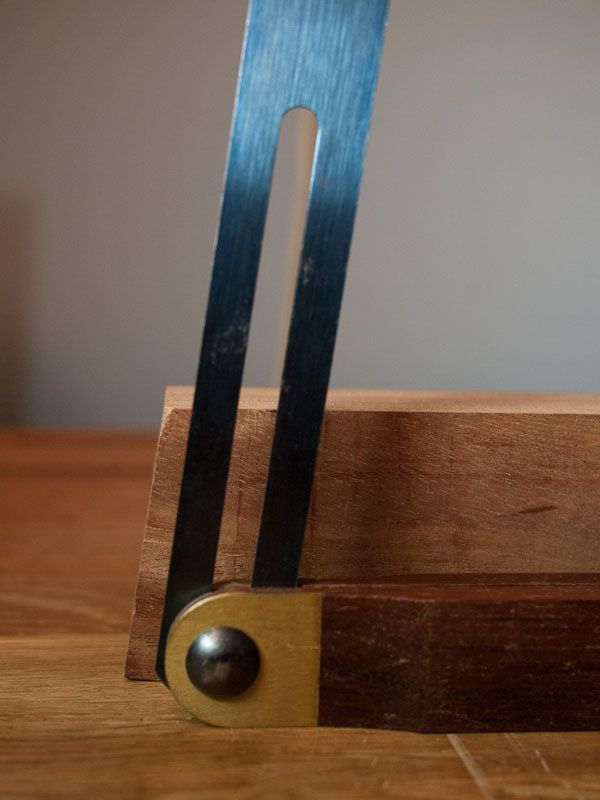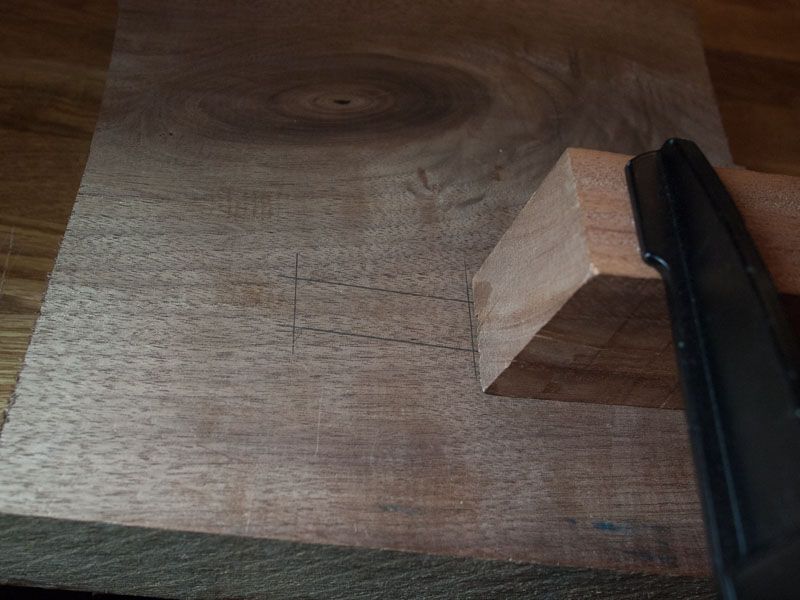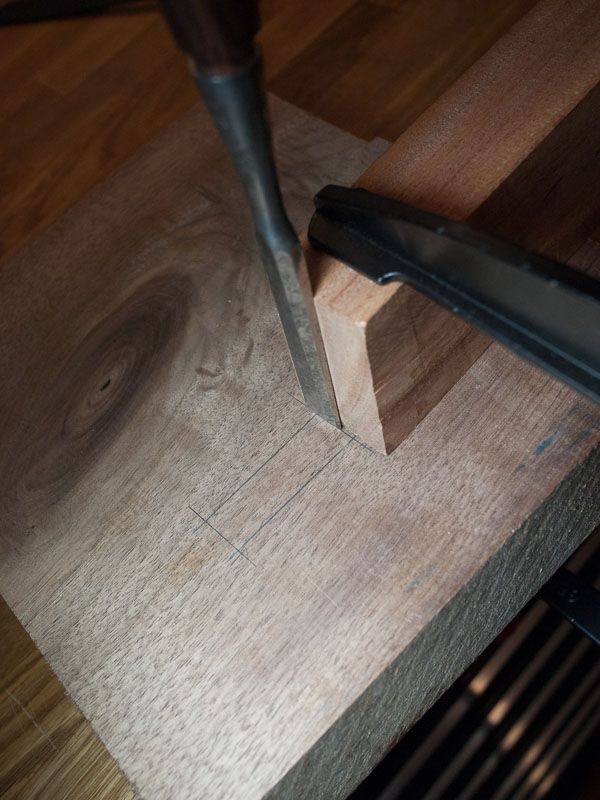I want to make coffee table, and I have no idea how to joing the legs to be angled, not 45 degrees.
Here is sample of what i want to do.Dow-Oak-live-edge-slab-coffee-tables1.jpg
I am working with hand tools only, so i want to know whats the best way to do it?




 Reply With Quote
Reply With Quote





 , and i am not experienced with mortises and tenons. I have done for example 3 leg stools, a small table with 4 small angled legs and few hand planes, but this is big.
, and i am not experienced with mortises and tenons. I have done for example 3 leg stools, a small table with 4 small angled legs and few hand planes, but this is big.


